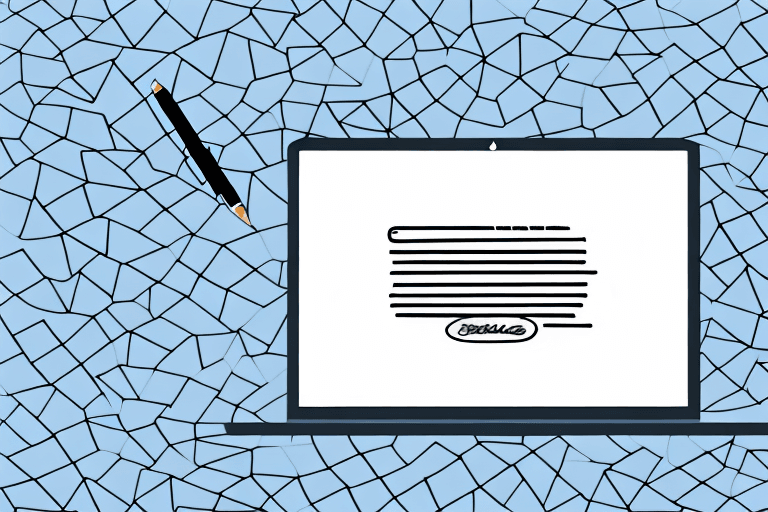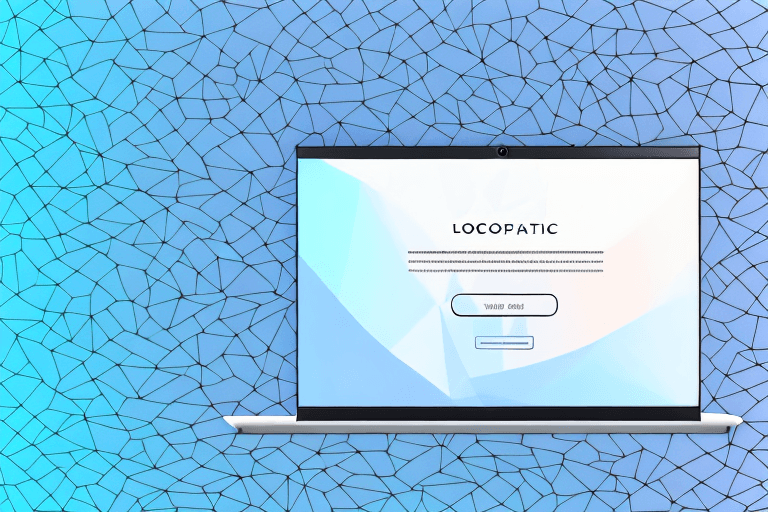In today's fast-paced digital world, email remains a powerful tool for nurturing leads and closing sales. However, sending a single email is rarely enough to seal the deal. Follow-up emails are essential for maintaining communication with prospects and providing valuable information that drives their decision-making process.
Understanding the Importance of Sales Follow-Up Emails
Effective follow-up emails can make all the difference in converting prospects into customers. According to a study by Hubspot, 80% of sales require at least five follow-ups after the initial contact, yet 44% of salespeople give up after just one follow-up attempt.
Following up with potential customers is a crucial part of the sales process. It shows that you are interested in their business and that you value their time. A well-crafted follow-up email can help you stand out from the competition and keep your product or service at the forefront of their minds.
Why Follow-Up Emails Matter in Sales
Follow-up emails build trust and credibility with prospects, which increases the likelihood of them converting to customers. In addition, they provide another opportunity to address any questions or concerns the prospect may have, as well as educate them about the value your product or service provides.
When crafting a follow-up email, it's important to personalize the message as much as possible. Reference specific details from your previous conversations and highlight how your product or service can solve their unique problems.
The Role of Timing in Sales Follow-Up Emails
The timing of follow-up emails is crucial. You don't want to come across as too pushy or aggressive, but you also don't want to let too much time pass without following up. A good rule of thumb is to wait 1-2 days after initial contact before sending the first follow-up email, then spacing out subsequent follow-ups by 3-5 days.
It's important to remember that every prospect is different, and there is no one-size-fits-all approach to follow-up emails. Pay attention to their communication style and adjust your follow-up strategy accordingly.
Key Metrics to Measure the Effectiveness of Your Follow-Up Emails
Measuring the effectiveness of your follow-up emails is important to ensure that your efforts are paying off. Key metrics to track include open rates, click-through rates, response rates, and conversion rates. From these metrics, you can identify what is working and what needs improvement in your email template.
It's also important to track the overall success of your follow-up strategy. Are you seeing an increase in sales? Are prospects responding positively to your emails? Use this feedback to refine your approach and continue to improve your sales process.
Remember, effective follow-up emails are a critical component of successful sales. By personalizing your messages, timing your follow-ups appropriately, and measuring your results, you can turn more prospects into loyal customers.
Crafting the Perfect Sales Follow-Up Email Template
Now that you understand the importance of follow-up emails, it's time to craft the perfect follow-up email template. Follow-up emails are a crucial part of the sales process, and can make the difference between closing a deal and losing a potential customer.
Here are some key elements to include:
The Anatomy of an Effective Sales Follow-Up Email
An effective sales follow-up email should include a greeting that addresses the prospect by name, a clear and concise message that highlights the value proposition, and a call-to-action that encourages the prospect to take action. It is important to keep in mind that your follow-up email should be personalized and relevant to the prospect's needs and interests.
Personalization Techniques to Boost Engagement
Personalization is key to making your follow-up emails stand out from the flood of generic emails that prospects receive. Use personalization techniques such as referencing their name, company, or specific pain points they may have expressed to you in previous communication. This will show the prospect that you have taken the time to understand their unique situation and needs.
Additionally, you can use personalization to create a sense of urgency. For example, if you know that the prospect is currently experiencing a specific problem that your product or service can solve, you can use this information to create a sense of urgency and encourage them to take action.
The Art of Writing Compelling Subject Lines
Your subject line is the first opportunity to capture your prospect's attention. A compelling subject line should be concise, clear, and relevant to the prospect's needs and interests. Avoid using generic subject lines such as "Follow-up" or "Checking in". Instead, try to create a subject line that piques their interest and encourages them to open your email.
One effective strategy is to use a question in your subject line. For example, if you know that the prospect is interested in improving their sales process, you could use a subject line such as "Are You Ready to Boost Your Sales?"
Balancing Brevity and Persuasiveness in Your Email Body
The body of your email should be brief, yet persuasive. Use concise language and bullet points to highlight the key value proposition. Focus on the benefits that your product or service provides, rather than its features. For example, instead of saying "Our product has a fast processing speed", you could say "Our product can save you hours of time by processing data quickly".
It is also important to keep in mind that your follow-up email should be tailored to the prospect's specific needs and interests. Use the information you have gathered about the prospect to create a personalized message that speaks directly to their pain points and goals.
Including a Clear and Actionable Call-to-Action
A clear and actionable call-to-action (CTA) is essential to encourage the prospect to take the next step. Make sure that your CTA is specific, relevant, and easy to follow. For example, instead of saying "Contact us for more information", you could say "Schedule a call with one of our sales representatives to learn more about how our product can benefit your business".
Remember, the goal of your follow-up email is to encourage the prospect to take action. By including a clear and actionable CTA, you can make it easy for them to move forward in the sales process.
Examples of Successful Sales Follow-Up Email Templates
Now that you know what elements to include in your follow-up emails, here are some examples of successful templates:
The "Checking In" Template
This template is great for following up with a prospect who has gone quiet. It's essential to keep the conversation going and show them that you value their time. Start by expressing gratitude for their time and reiterating your interest in working with them. Acknowledge any previous concerns they may have had and offer new information that may be relevant to them. This could be an update on your product or service or a new feature that you think would benefit them. Remember to keep the tone friendly and conversational, and always end with a call to action.
The "Value-Add" Template
This template is ideal for providing prospects with additional value and actionable insights that support their decision-making process. Start by thanking them for their time and interest in your product or service. Then, provide them with relevant information, such as research studies or whitepapers, that may help them determine the benefits of your product or service. You could also offer a free trial or demo to show them how your product or service works. Remember to keep the tone informative and helpful, and always end with a call to action.
The "Social Proof" Template
Social proof is a powerful motivator for prospects. This template should include testimonials or case studies from previous customers that highlight the benefits of your product or service. Start by thanking them for their time and interest in your product or service. Then, provide them with social proof that shows how your product or service has helped other customers. This could be in the form of a case study or a customer testimonial. Remember to keep the tone persuasive and informative, and always end with a call to action.
The "Gentle Reminder" Template
This template should be used when a prospect has expressed interest but has yet to take action. It should be a friendly and non-threatening reminder that their opportunity to take advantage of a special promotion or limited-time offer is running out. Start by thanking them for their time and interest in your product or service. Then, remind them of the special promotion or limited-time offer that they have yet to take advantage of. You could also provide them with additional information that may help them make a decision. Remember to keep the tone friendly and helpful, and always end with a call to action.
The "Breakup" Template
This template is for prospects who have expressed disinterest in your product or service. It should be a polite and respectful way to end the relationship, while still leaving the door open for future communication. Start by thanking them for their time and interest in your product or service. Then, acknowledge that you understand that your product or service may not be the right fit for them at this time. You could also offer to keep them on your mailing list for future updates and promotions. Remember to keep the tone respectful and professional, and always end with a call to action.
Effective sales follow-up emails are an essential tool for converting leads into customers. By understanding the importance of follow-up, crafting the perfect template, and providing valuable information that supports the prospect's decision-making process, you can increase your conversion rates and grow your business. Remember to always keep the tone friendly, informative, and persuasive, and always end with a call to action.




